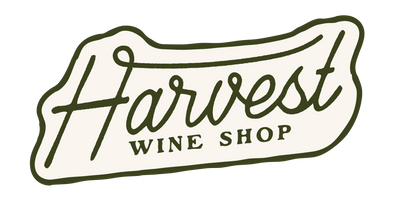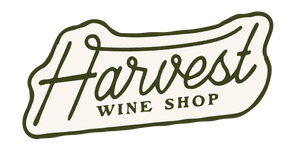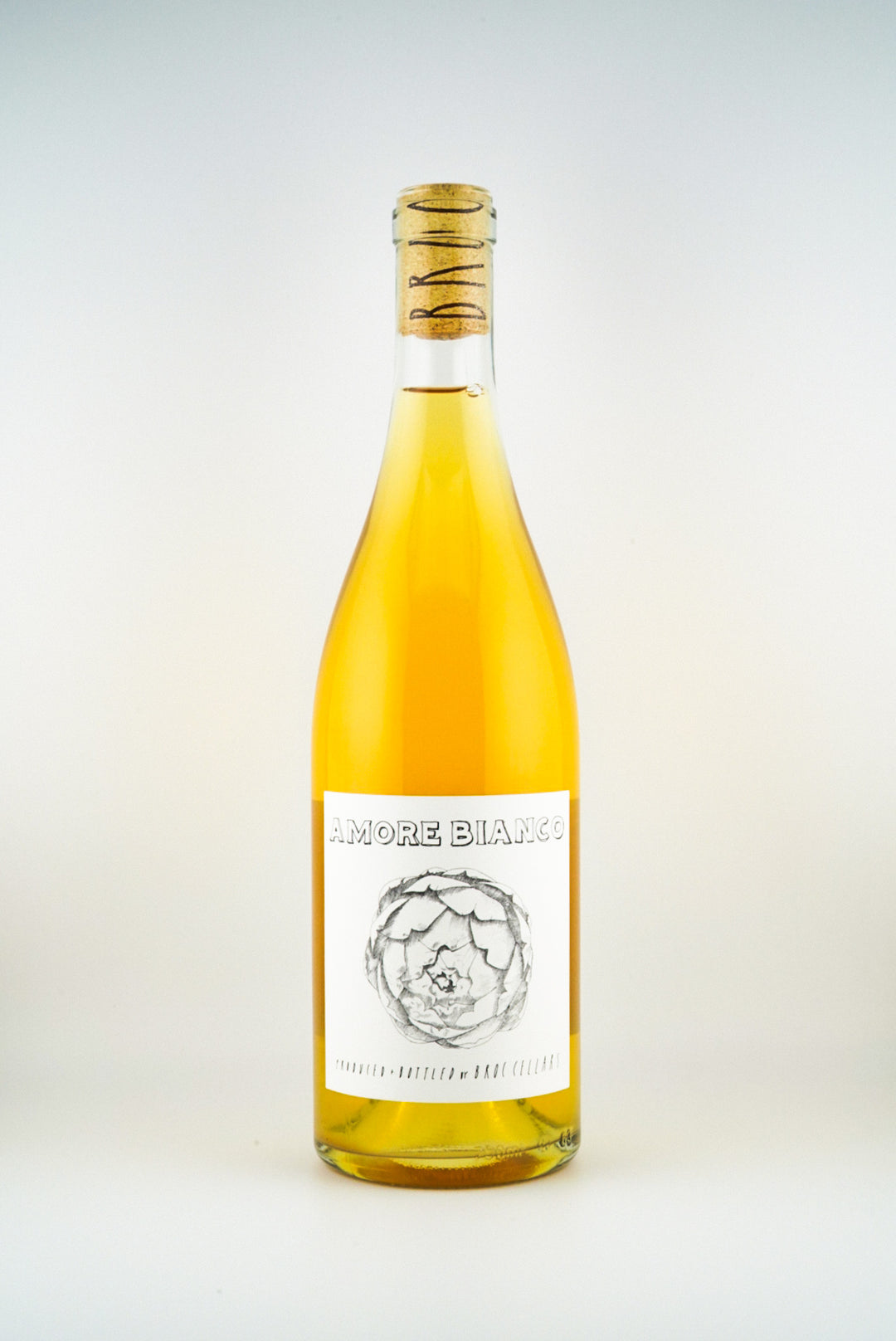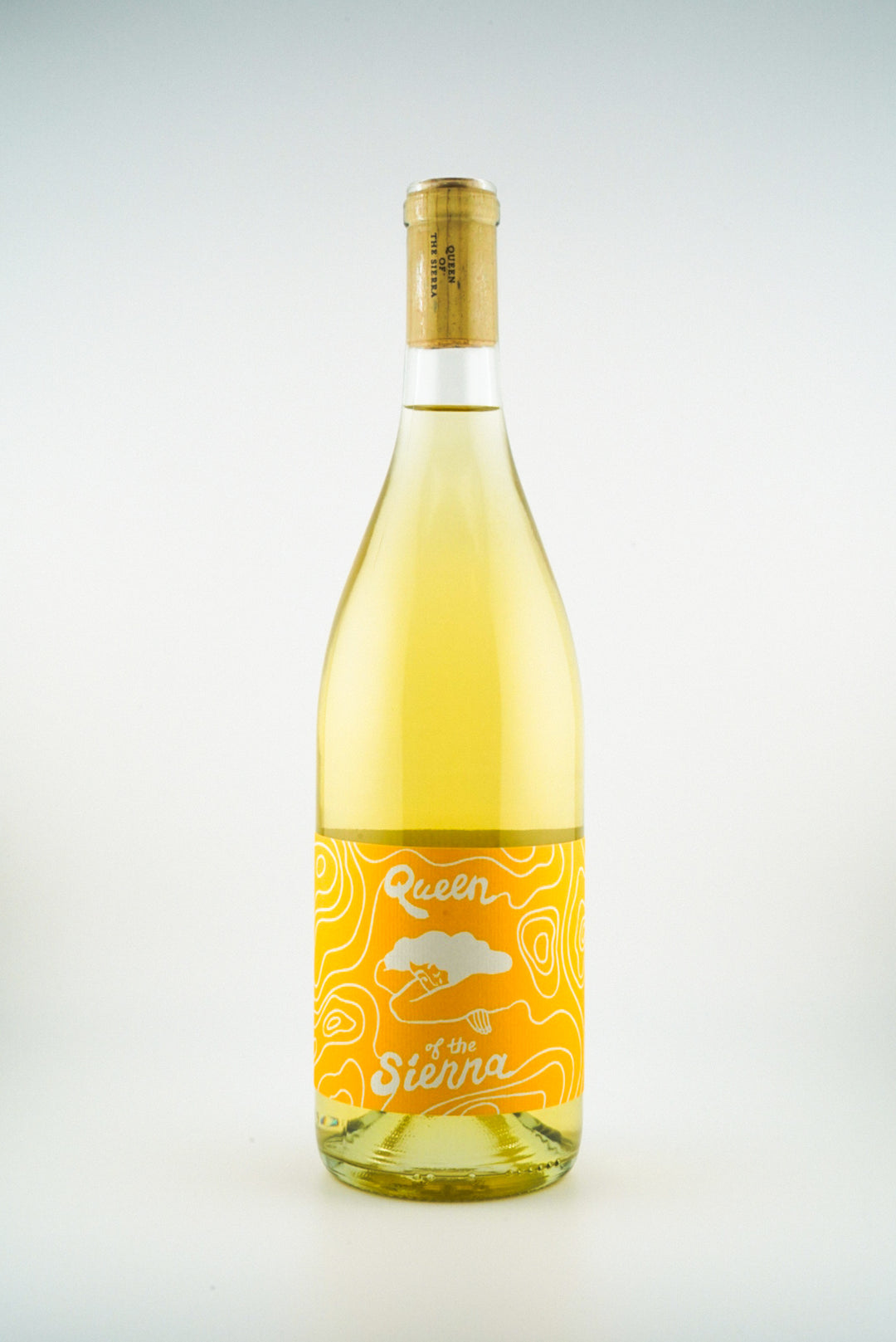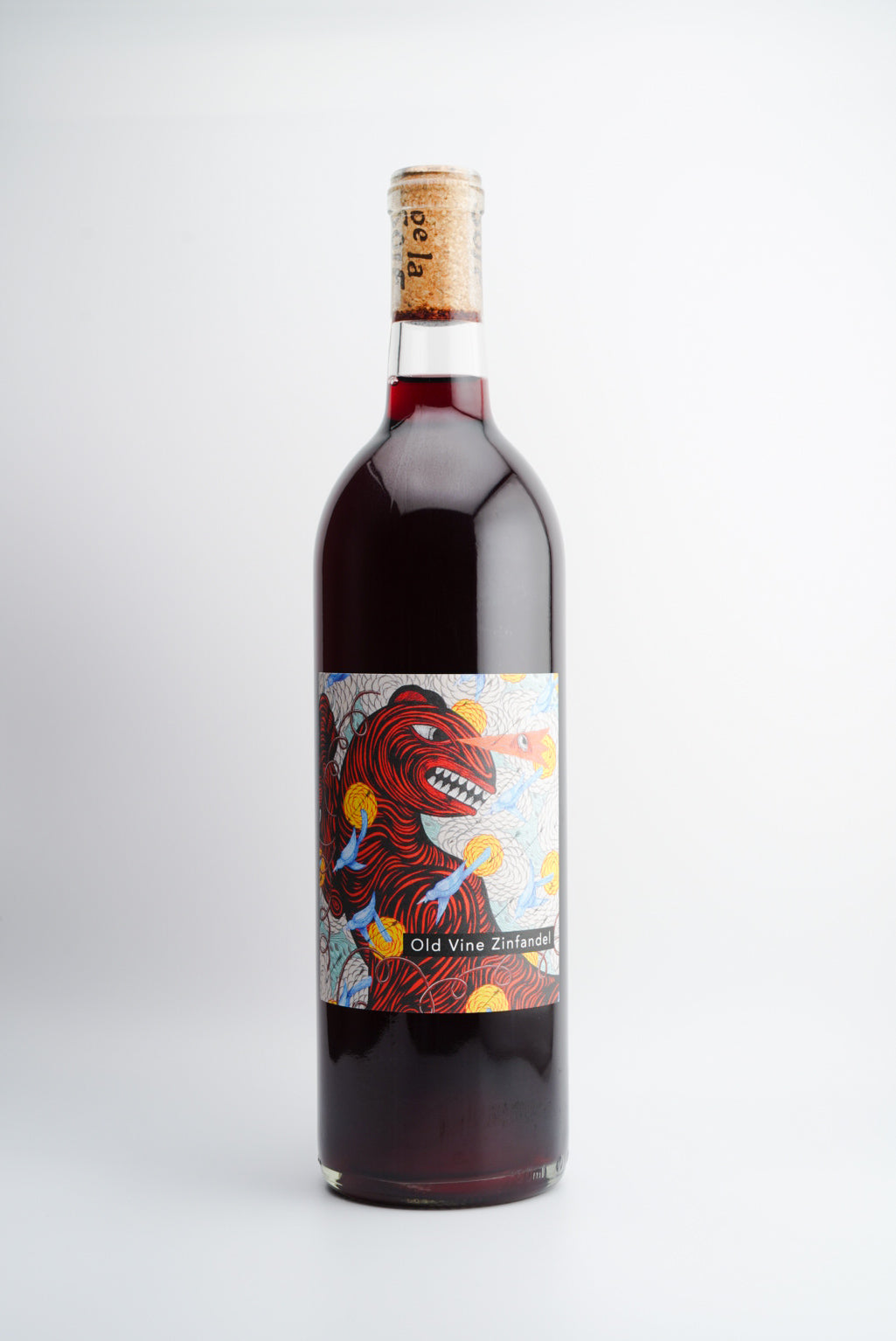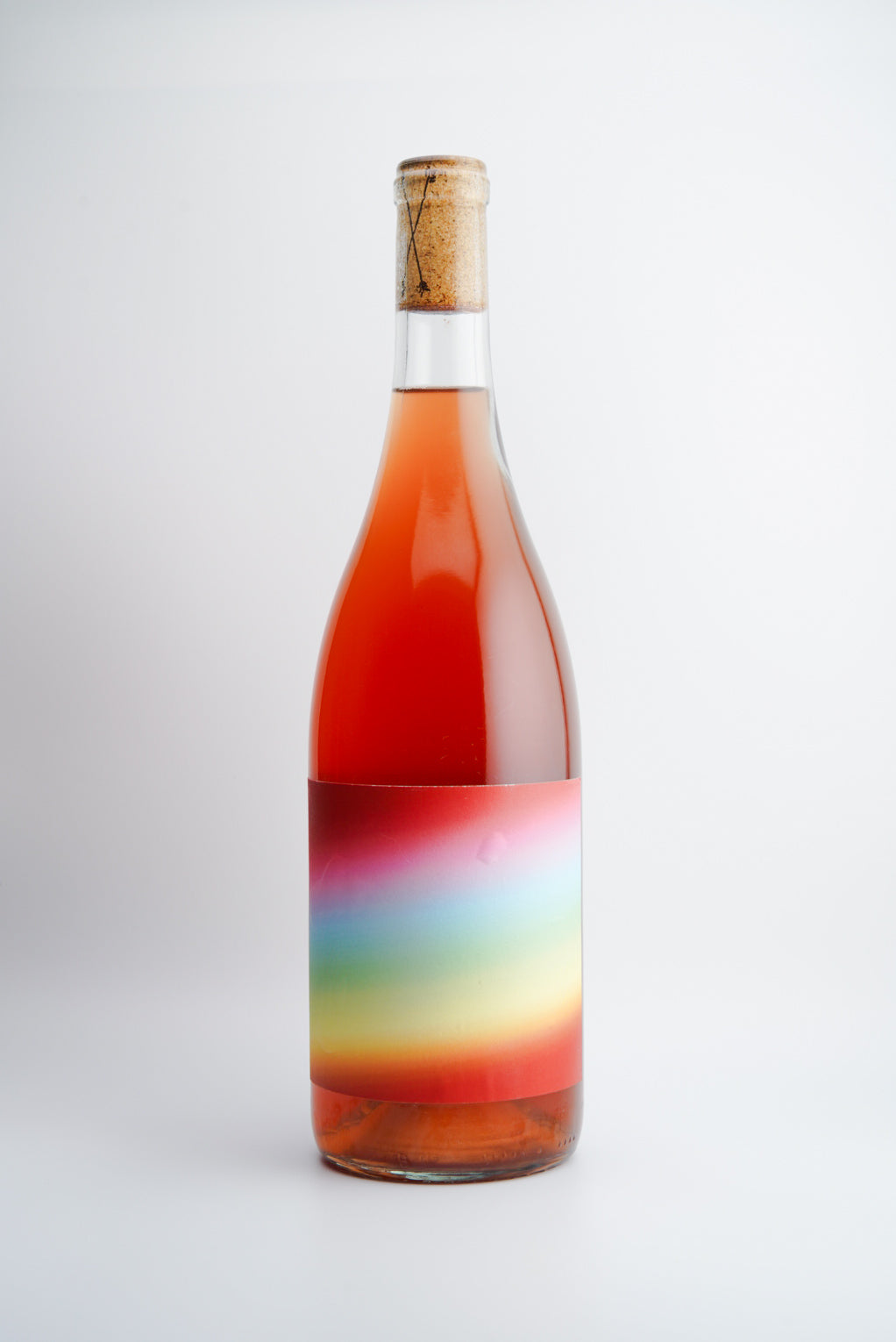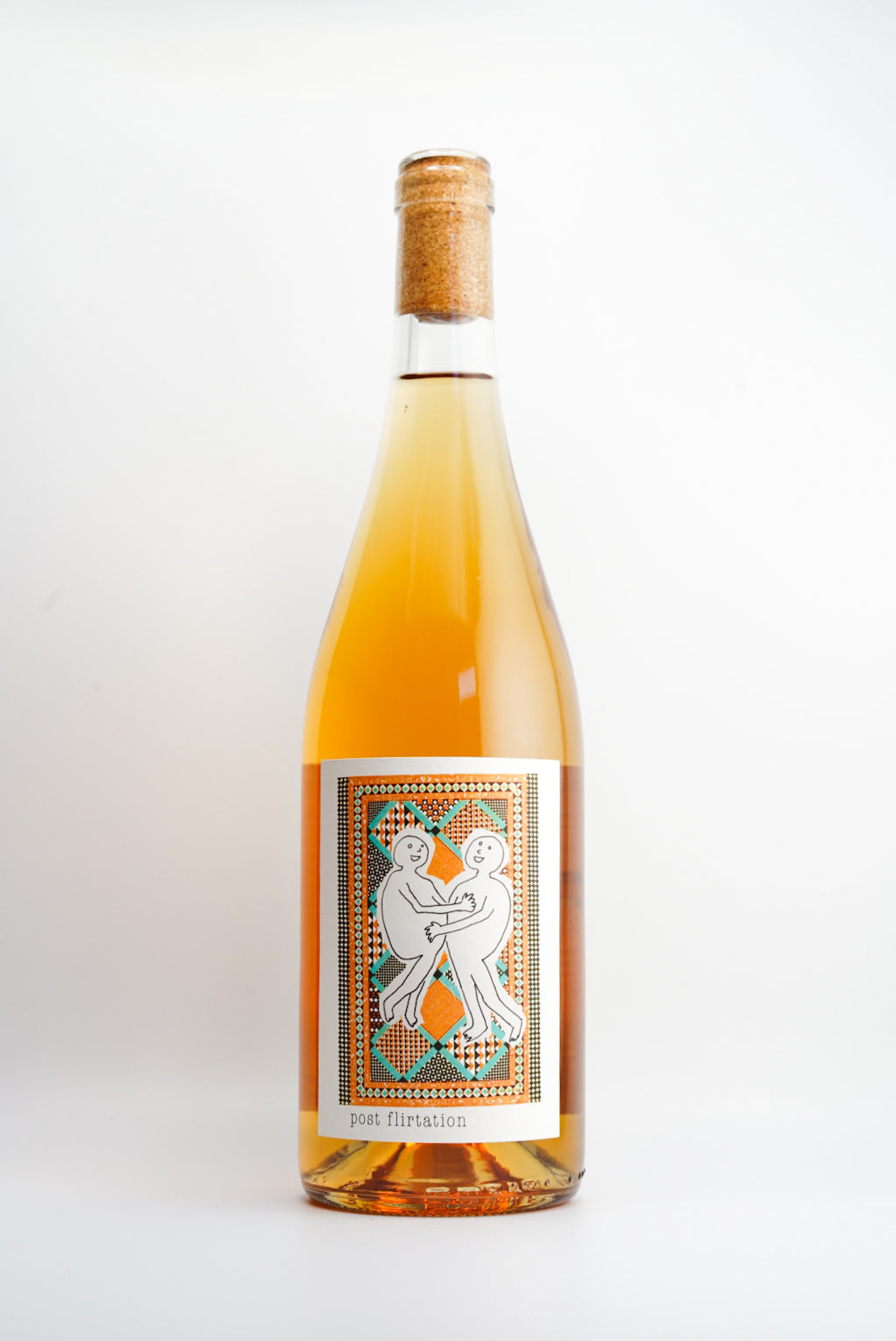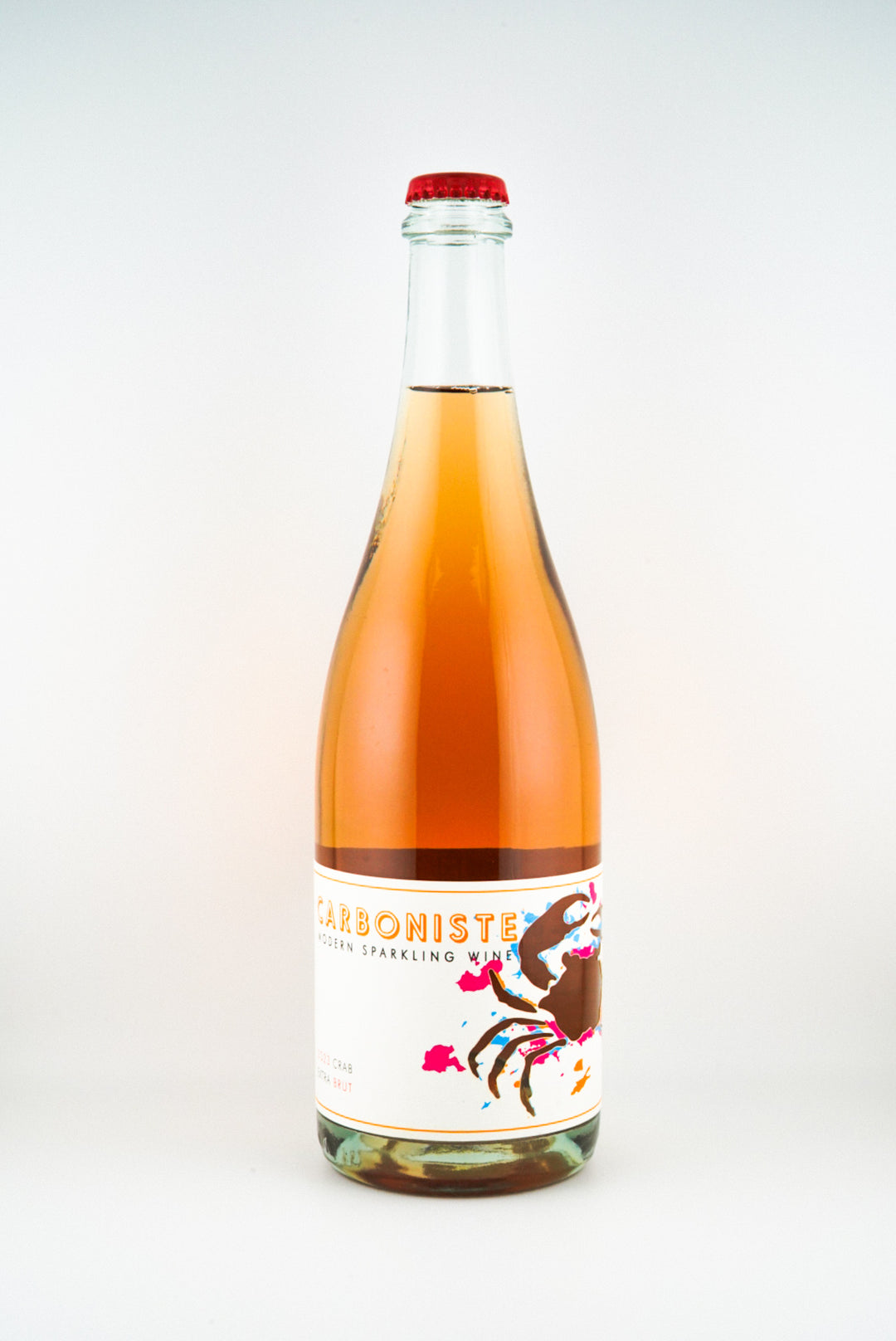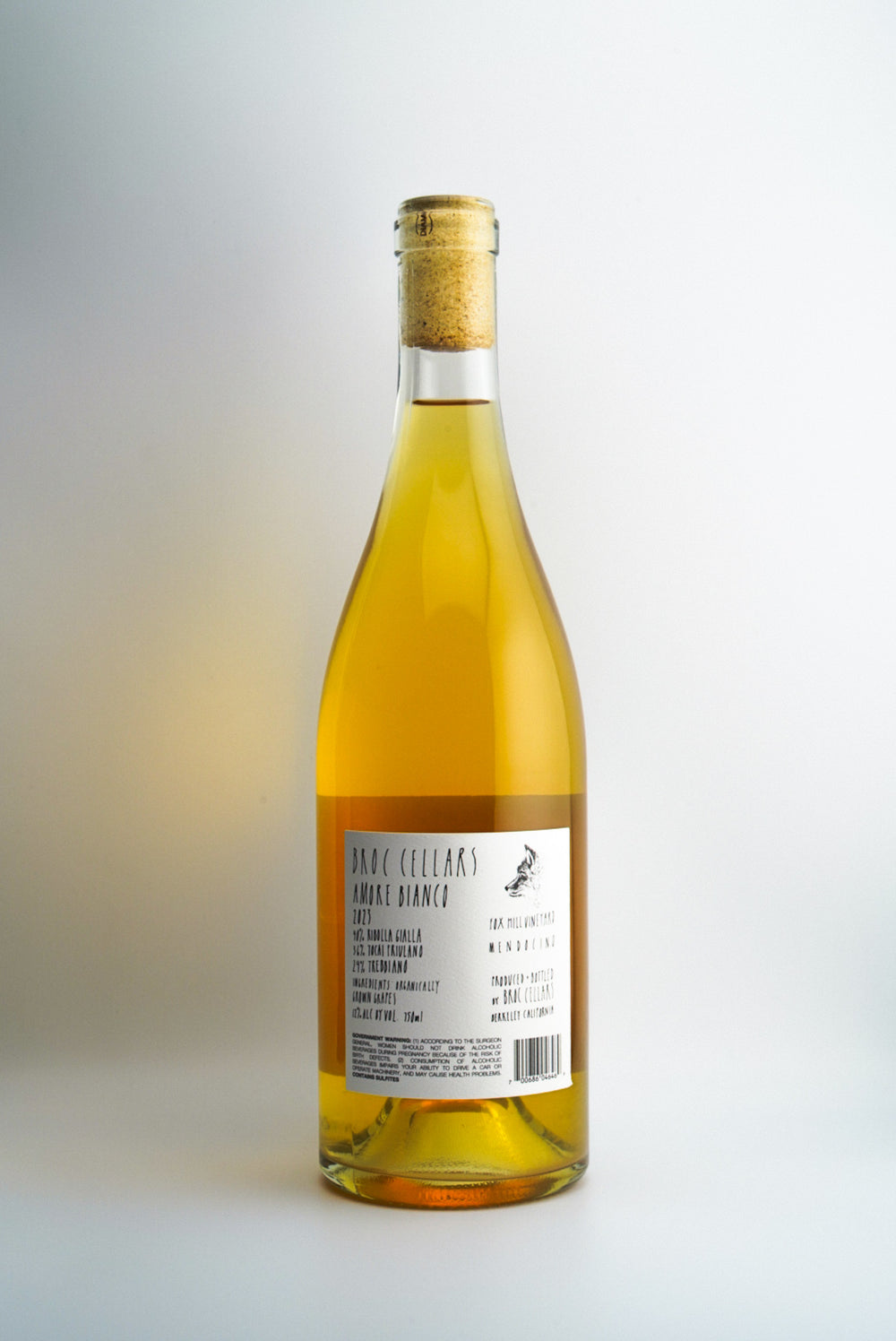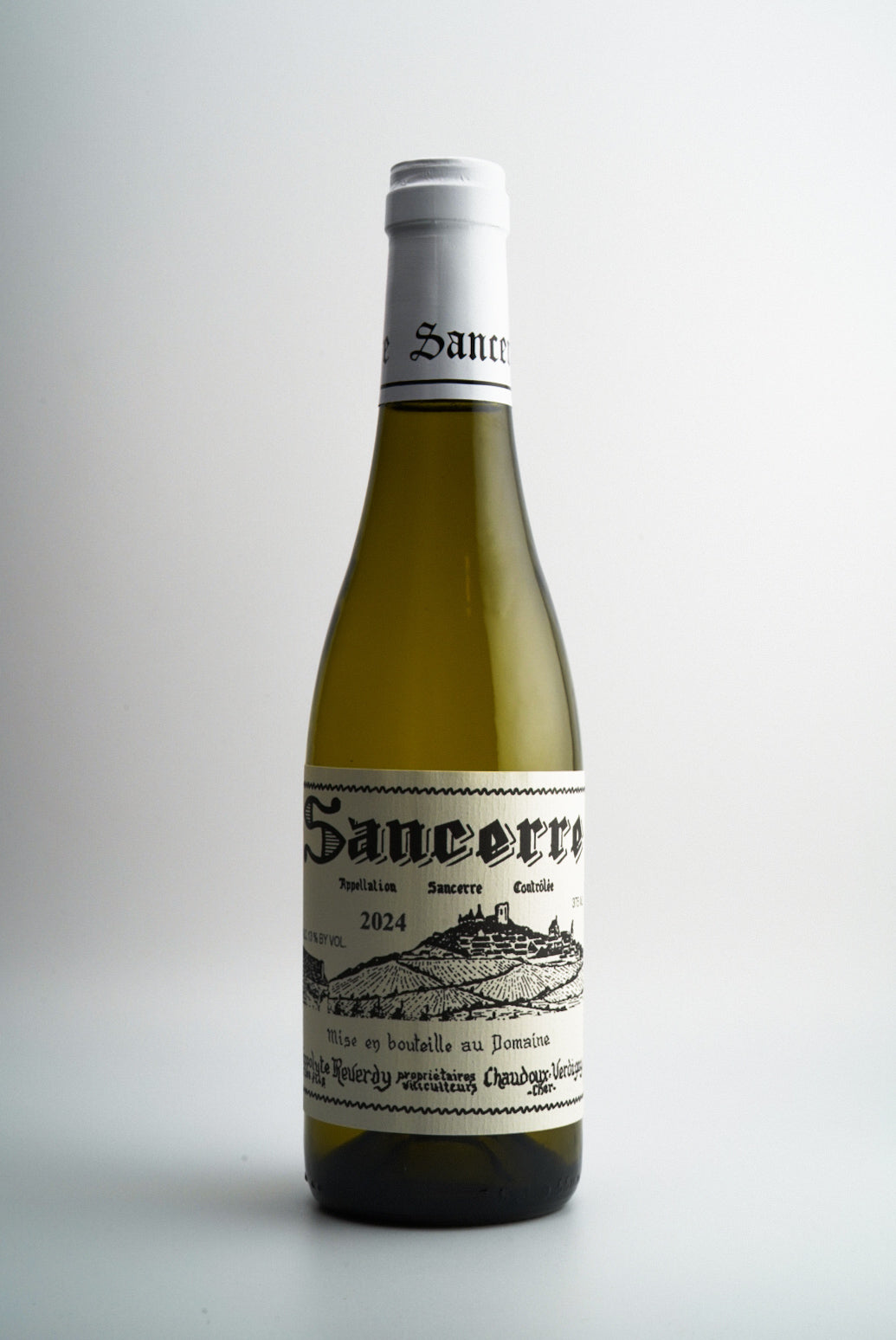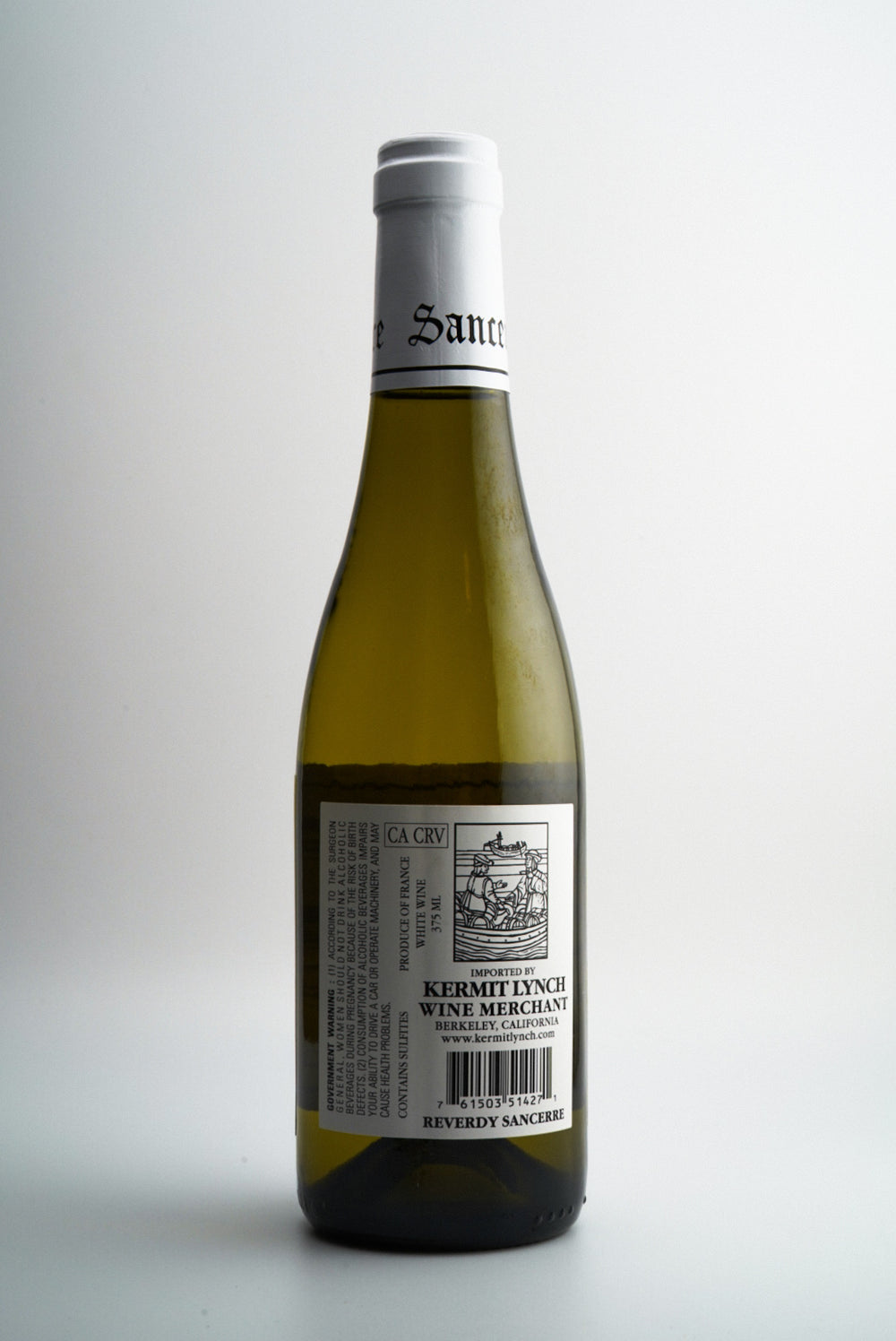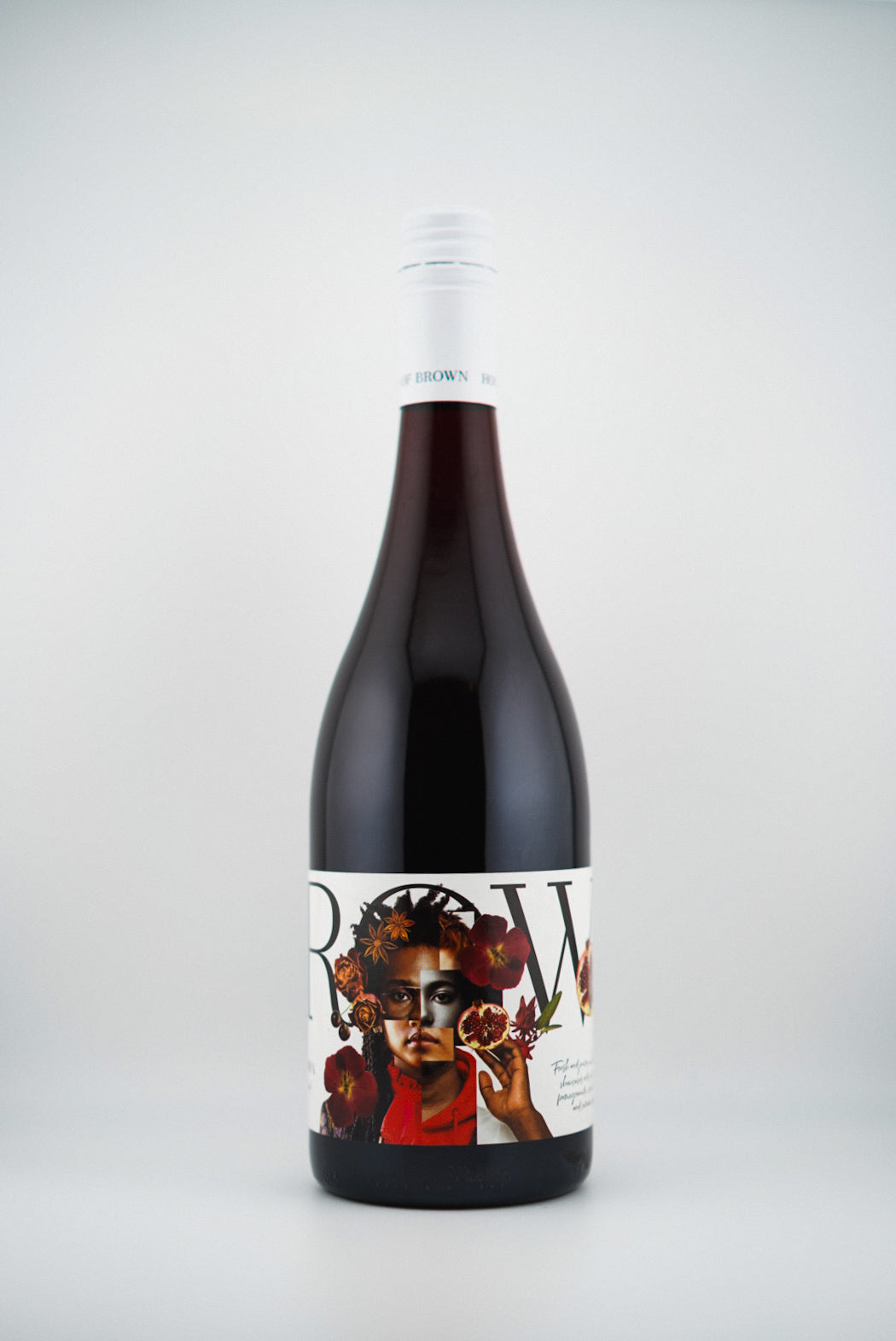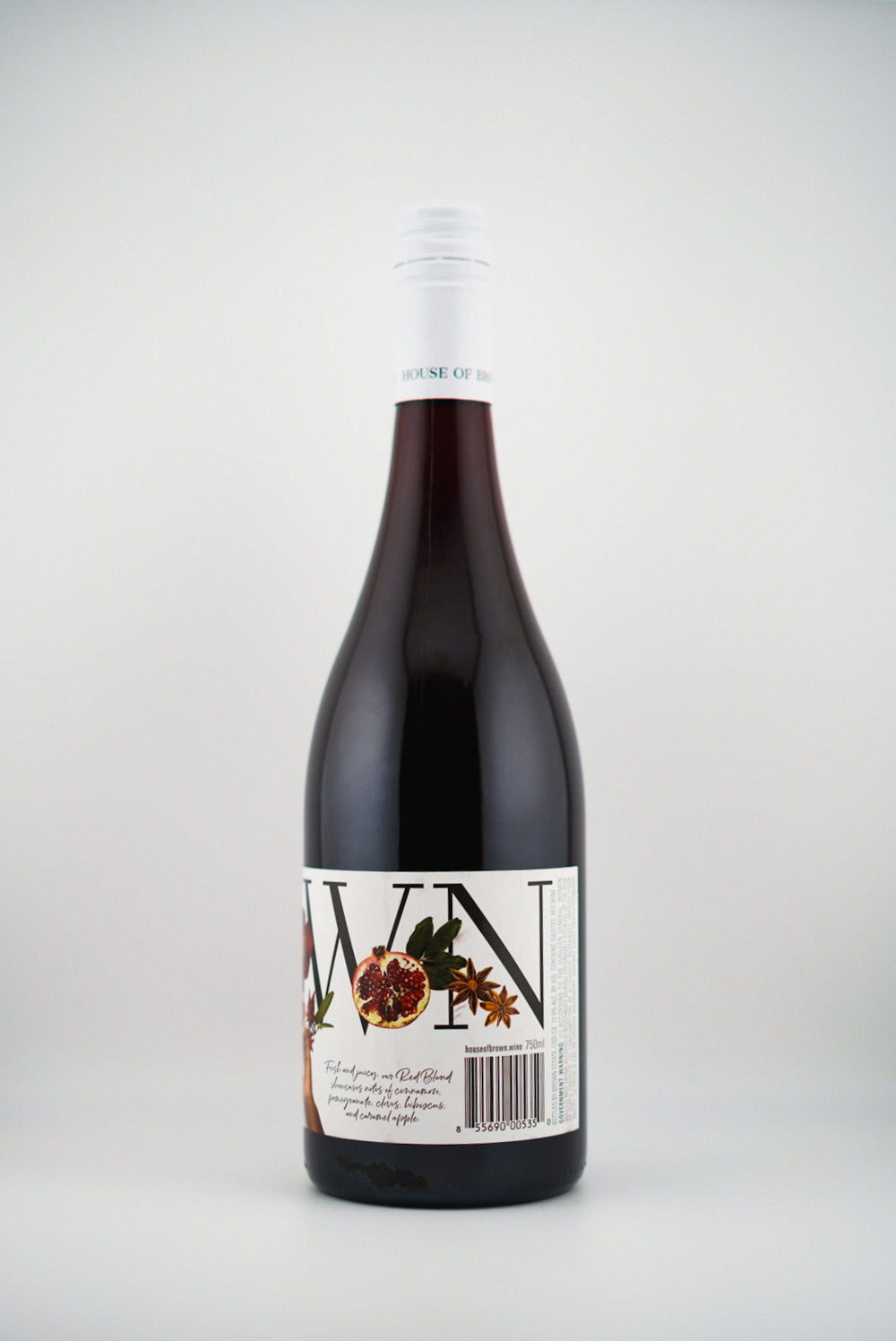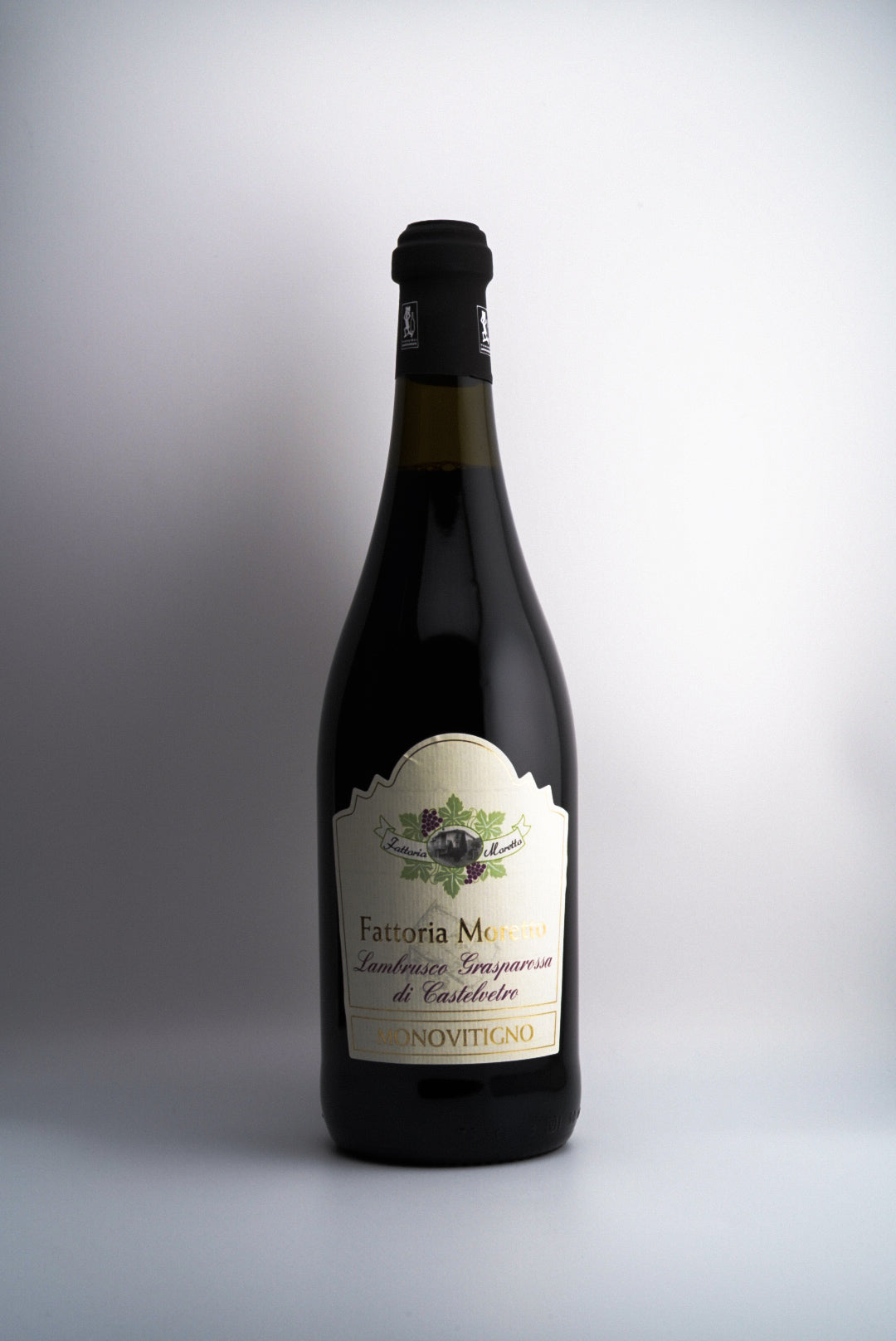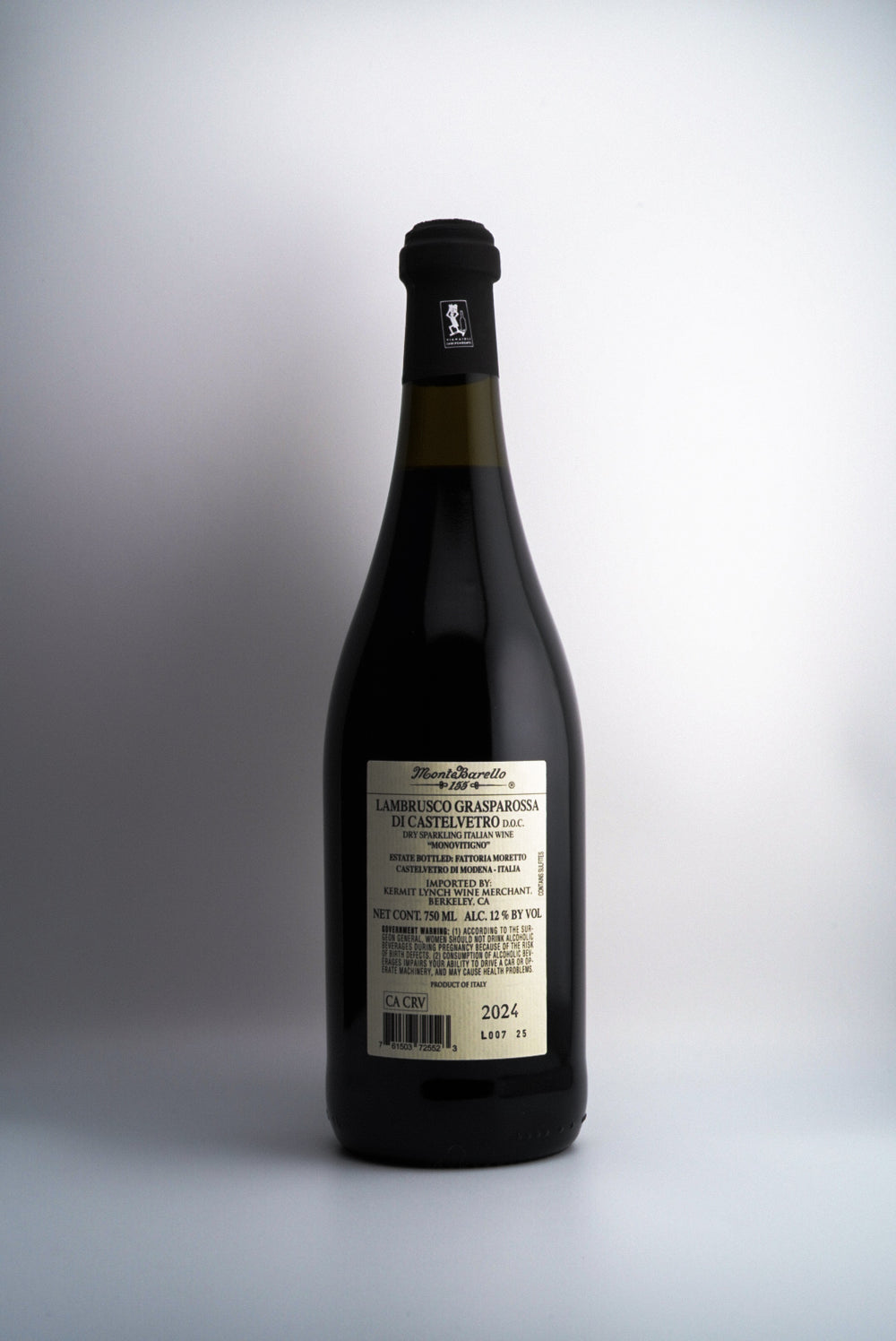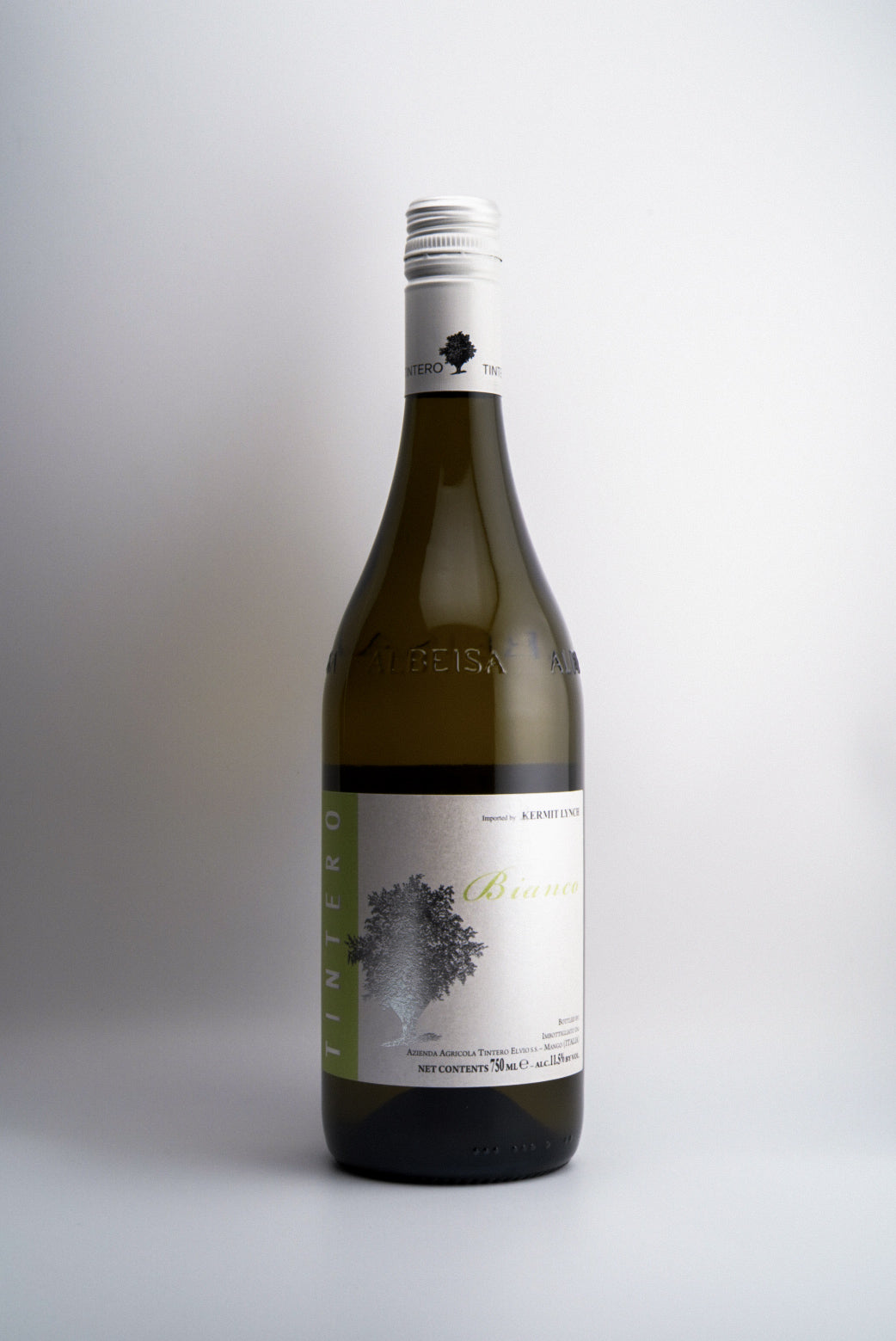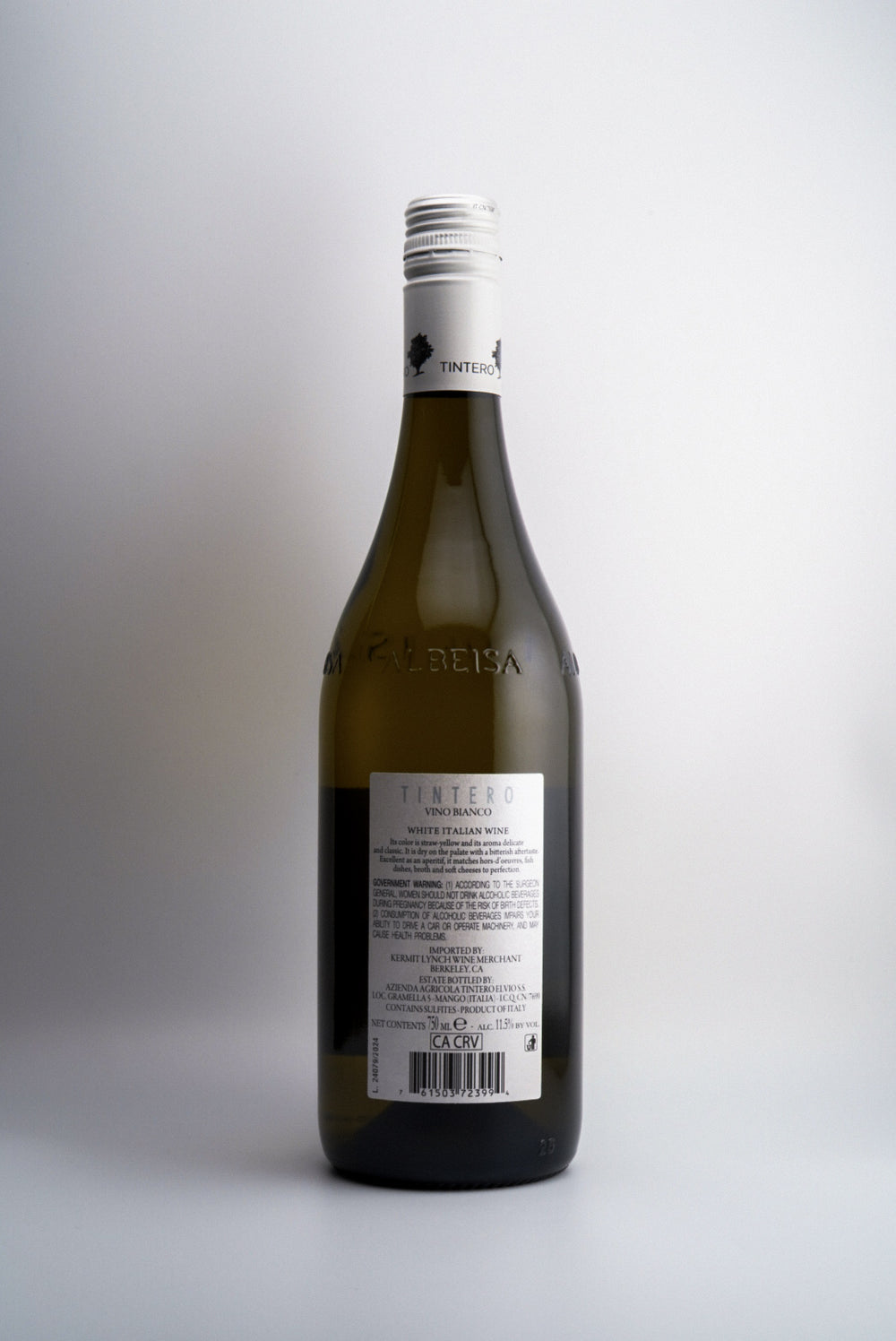Napa Valley
Napa Valley Wine Guide: 10 Essentials for Every Wine Lover

Napa Valley is the epicenter of California wine: sun-drenched vineyards, California's OG winemakers, and of course, world-class Cabernet Sauvignon. This short, smart guide breaks down the 10 essentials—from history and AVAs to grapes and typical flavor profiles—so you can learn faster and pick better bottles tonight.
Napa wines to explore (start here)
Quick picks with tasting cues & pairing ideas.
-
Cabernet Sauvignon
Full-bodied, dark cassis/blackcurrant, cedar, firm tannins; great with ribeye, short ribs, aged cheddar.
- Classic-style Napa Cabernet Sauvignon to Try: Matthiasson
- Modern-style Napa Cabernet Sauvignon to Try: O'Shaughnessy, TOR
-
Chardonnay
From rich, barrel-fermented styles (brioche, vanilla, baked apple) to leaner, citrus-mineral expressions; pair with roast chicken or salmon.
- Classic-style Napa Chardonnay to Try: Stony Hill, Chateau Montelana
- Modern-style Napa Chardonnay to Try: Shafer Vineyards
-
Merlot
Plush plum and mocha, softer tannins; perfect with burgers, meatloaf, mushroom pasta.
- Classic-style Napa Merlot to Try: Mayacamas Merlot, Mt. Veeder
- Modern-style Napa Merlot to Try: Duckhorn Three Palms Vineyard
-
Sauvignon Blanc
Zesty citrus, melon, occasional oak-kissed texture; pair with goat cheese, green salads, shellfish.
- Classic-style Napa Sauvignon Blanc to Try: Titus Sauvignon Blanc
- Modern-style Napa Sauvignon Blanc to Try: Groth Sauvignon Blanc
-
Zinfandel
Juicy blackberry, pepper spice; barbecue’s best friend.
- Classic-style Napa Zinfandel to Try: Ghost Block Pelissa Zinfandel
- Modern-style Napa Zinfandel to Try: Robert Biale Party Line
-
Sparkling
Chardonnay/Pinot, traditional method; oysters, fries, celebrations.
- Classic-style Napa Sparkling Wine to Try: Schramsberg
- Modern-style Napa Sparkling Wine to Try: Mumm
1) Origin story & history
Napa’s roots reach the mid-1800s, but worldwide fame arrived after the 1976 “Judgment of Paris,” when Napa wines outscored top Bordeaux and Burgundy in a blind tasting—catapulting California onto the global stage.
Key turning point for Napa Valley wines: The shift from moderate alcohol, old world-style wines, to big, over-ripe styles during the Robert Parker era. We are seeing a return to the classic, restrained styles of Napa winemaking, now/
2) Location & geography
The valley is about 30 miles long, north east of San Francisco. Napa is bordered by the Mayacamas Mountain (west) and Vaca Mountain (east) ranges. The vastness, various & complex soils (volcanic, alluvial), and extreme elevation changes create distinctive AVAs and microclimates.
3) Signature grapes
Cabernet Sauvignon leads; Chardonnay, Merlot, Sauvignon Blanc, and smaller plantings of Pinot Noir and Zinfandel round out the landscape.
4) Winemaking style
Historically, classic styles highlighted vibrant, just-ripe fruit, bright acidity, and moderate alcohol (12-13%) with careful oak usage. They were robust wines - suitable for both immediate enjoyment and long term aging. Modern styles have trended toward higher alcohol (14%+), highly extracted, jammy fruit, and supple tannins. 100% new French oak is the name of the game here. Terrior is obscured.
5) Notable AVAs
-
Oakville
Ripe blackcurrant, structured Cabs; famed benchlands between the ranges.
-
Rutherford
“Rutherford dust” (cedar/cocoa-toned tannins) in Cabernet and blends.
-
Stags Leap District
Silky textures, violet and dark cherry; finesse with power.
-
Howell Mountain
High-elevation intensity: firm tannins, savory spice, age-worthy, Old-World style shines.
-
Carneros
Cooler, wind-swept; Chardonnay, Pinot Noir, and top sparkling wines come from here.
While almost all of Napa's 17 AVA's have a claim to fame, to keep things short, we picked only 5.
6) Climate & weather impact
Mediterranean climate with sharp diurnal swings; i.e. hot days and cool, fog-influenced nights extends ripening—building flavor while preserving acidity. Temperatures are significantly warmer as you travel north through the valley (increasing the distance from the cooling San Pablo Bay).
7) Flavor profile & style
Reds: blackcurrant, cassis, blackberry, graphite, cedar, baking spice; medium+ to full body, firm but polished tannins. Whites: ripe apple, pear, citrus, tropical hints; from crisp (classic-style) to creamy (modern-style) depending on oak usage and if malolactic fermentation occurred.
8) Iconic producers
Classic names helped carve Napa’s identity and elevate quality benchmarks. Explore a mix of heritage estates and small, quality-focused producers to see the valley’s range.
- Heitz Cellars
- Chateau Montelena
- Chappellet
- Corison
- Stony Hill
- Mayacamas
- Grgich Hills
- Robert Mondavi
- Charles Krug
- Schramsberg
9) Fun fact
Napa produces roughly 4% of California’s wine by volume—but accounts for a much larger share of its total value (as high as 25% from some sources). Small region, big impact.
10) How to explore Napa
-
Compare AVAs
Try two Cabernets—e.g., Oakville vs Howell Mountain—to taste terroir in action.
-
Vertical tasting
Same wine, different vintages reveals Napa’s vintage curves and public demand style changes.
-
Food pairing
Cabernet + ribeye; Chardonnay (oaked) + roast chicken; Sauvignon Blanc + goat cheese.
